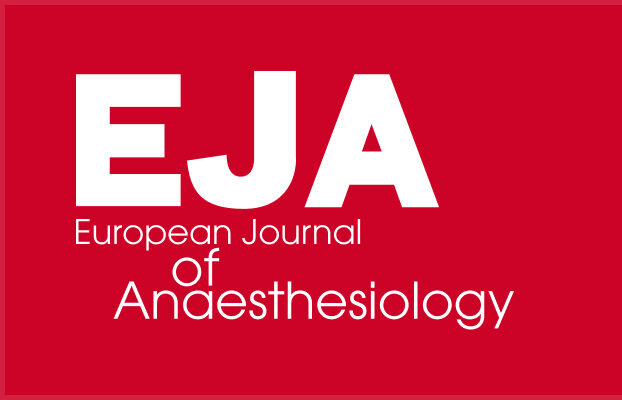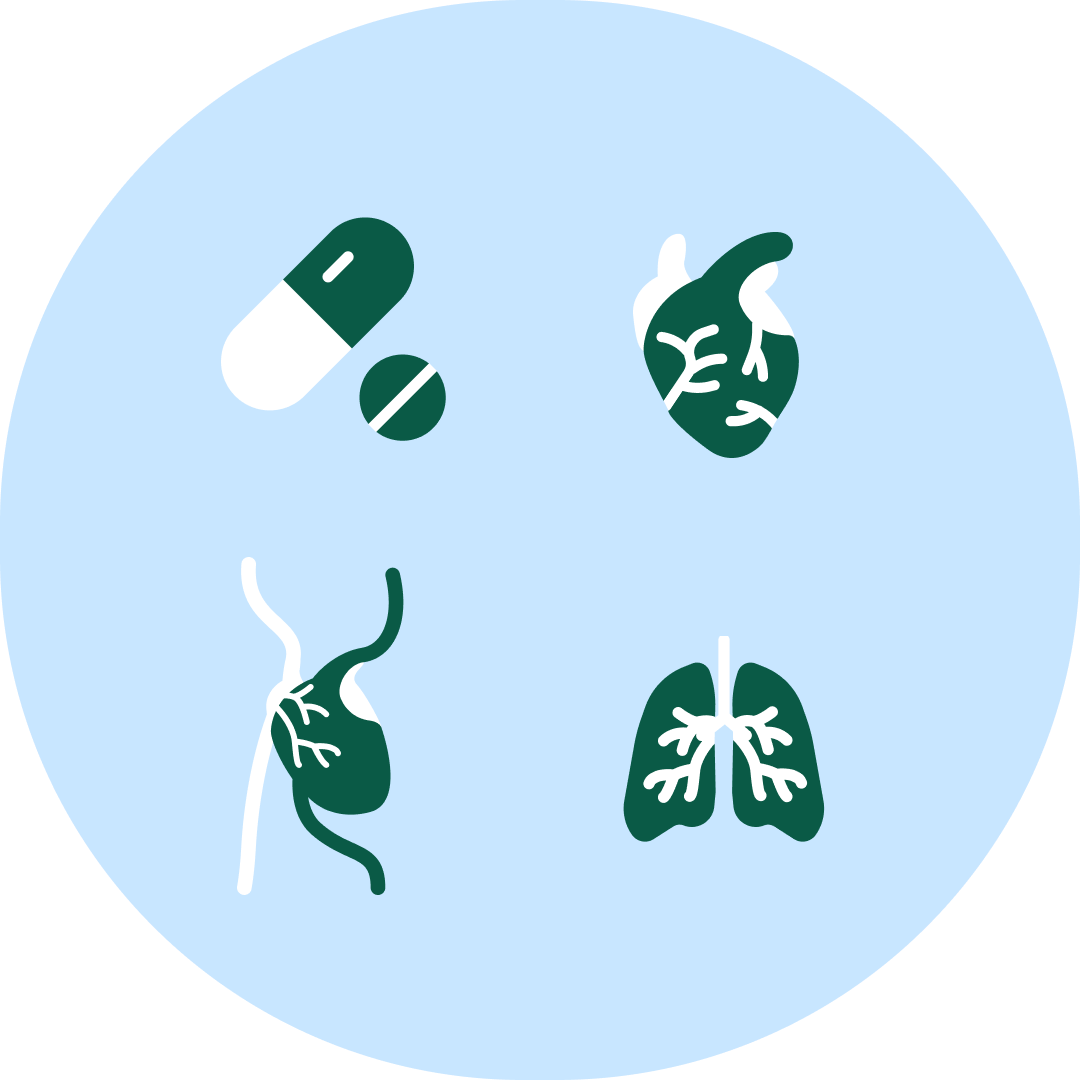Congress Newsletter 2024
Learning Tracks - A new approach to education at the ESAIC designed to engage learners
In the fast-evolving world of Anaesthesiology, where the only constant is change (and the occasional ringing of the pager), the ESAIC has charted a new course by creating Learning Tracks. This innovative approach, which took its first steps in 2023 with the Focus Track on the Brain, is steering away from traditional, static learning methods towards a more dynamic, interactive educational journey. Let’s explore how these tracks are like a sophisticated network of highways, guiding you through the landscapes of medical knowledge.

Imagine it’s 2023, and the ESAIC rolls out its first Learning Track on Brain. Instead of a dry, lecture-heavy route, participants were taken on a scenic drive, navigating through the intricacies of neurological studies with the help of podcasts, webinars, and interactive quizzes. This was not just learning but a road trip across the cerebral map, complete with engaging stops and thought-provoking detours.
Fast forward to 2024, and the Learning Tracks have expanded like a sprawling interstate system connecting multiple cities. Each track offers a specialised route designed for different types of medical professionals. Whether you’re a budding anaesthesiologist keen to understand Anaphylaxis in Anaesthesia or a seasoned practitioner navigating the complex ethics of Brain death, there’s a route meticulously planned for you.
However, the ESAIC’s Learning Tracks are more than just covering distance; they also engage with the landscape. Participating in the TryMe Quiz on Brain Health turned a passive journey into an interactive exploration, challenging participants to navigate tricky questions and problem-solving scenarios as if navigating through a busy city’s rush hour—without the traffic jams.
As we look ahead to 2025, the tracks promise even more detailed maps of uncharted territories. The courses are set to evolve, reflecting cutting-edge research and clinical practices that ensure ESAIC isn’t just following the road signs; it’s designing them. Each Learning Track is intended to inform and transform, akin to upgrading from a Twingo to a Ferrari that drives you faster and more efficiently towards your professional goals.
The interaction in these tracks is like switching from solo driving to a convoy system where collaboration and real-time communication enhance the journey. Webinars and podcasts become synchronised driving experiences, where real-time discussions and feedback keep everyone alert and engaged.
Moreover, these tracks are customised like a well-planned GPS route, guiding you through the learning process. Early career professionals can navigate the foundational routes to build confidence. At the same time, seasoned experts can take the express lanes, diving deep into advanced topics within the same robust navigation system.
In essence, the ESAIC’s Learning Tracks are not just about keeping up with the ever-evolving field of Anaesthesiology; they’re about leading the way. They transform the solitary act of acquiring knowledge into a dynamic, communal road trip, complete with all the excitement and discovery of exploring new territories together. So, whether you’re on the brain pathway or the cardiac circuit, these learning tracks ensure that your educational journey is as thrilling as it is enlightening.
The ESAIC offers 4 new learning tracks during the ESAIC 2024 education calendar, with a diverse array of learning tracks designed to enhance the knowledge and skills of healthcare professionals in anaesthesia and intensive care.
Here are the details organised by learning track:
Pain Learning Track (scheduled for April 2024)
- Podcasts: Focus on chronic postsurgical pain.
- Webinar: Discuss pain management in opiate dependence patients undergoing surgery.
- TryMe Quiz: Explore the physiology of pain.
- Podcast: Delve into intraoperative pain monitoring.
Heart Learning Track (scheduled for May & October)
- May Webinars: Cover cardiogenic shock and cardiac arrest in the operating room.
- October Guidelines O’Clock: Explore the significance of cardiac biomarkers in perioperative risk evaluation.
- Webinar: Anaesthesia considerations for high-risk cardiac patients.
Lung Learning Track (scheduled for June, July, August)
- June TryMe Quiz: Examine postoperative pulmonary complications.
- July Podcast: Discuss simplifying techniques for one-lung ventilation.
- August Webinar: Focus on the role of lung ultrasound in anaesthesia and critical care.
Haemodynamic Learning Track (scheduled for September)
- TryMe Quiz: Investigate haemodynamic monitoring in ICU settings.
- Webinar: Discuss non-invasive continuous haemodynamic monitoring during major surgery.
- Podcast: Review key publications on haemodynamics.
These tracks are strategically designed to cater to various interests and expertise levels within the medical community, ensuring that professionals at all career stages can benefit from our offerings. To learn more about each learning track and its components, please follow this link.
Author
- Prof. Joana Berger-Estilita, Chair of the Education and Training Committee










